With a front paw outstretched and its tail at an angle, the creature that fell on to wet concrete in Chicago left quite the memento mori.
Now, researchers say they have unmasked the identity of the victim, revealing the famous “rat hole” was…
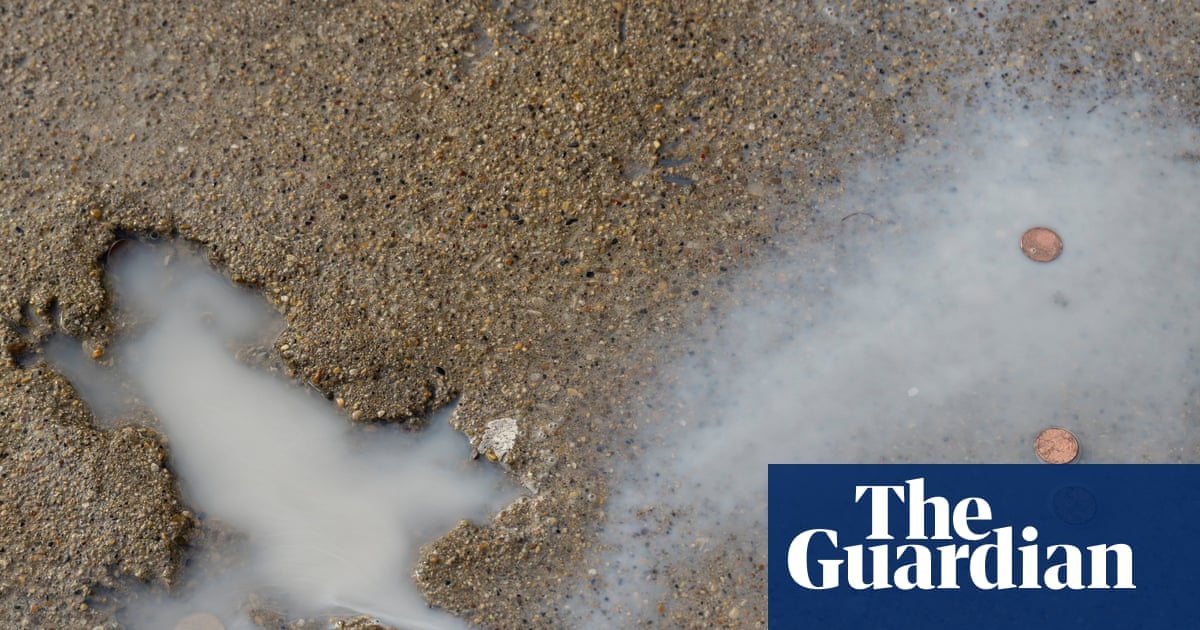
With a front paw outstretched and its tail at an angle, the creature that fell on to wet concrete in Chicago left quite the memento mori.
Now, researchers say they have unmasked the identity of the victim, revealing the famous “rat hole” was…
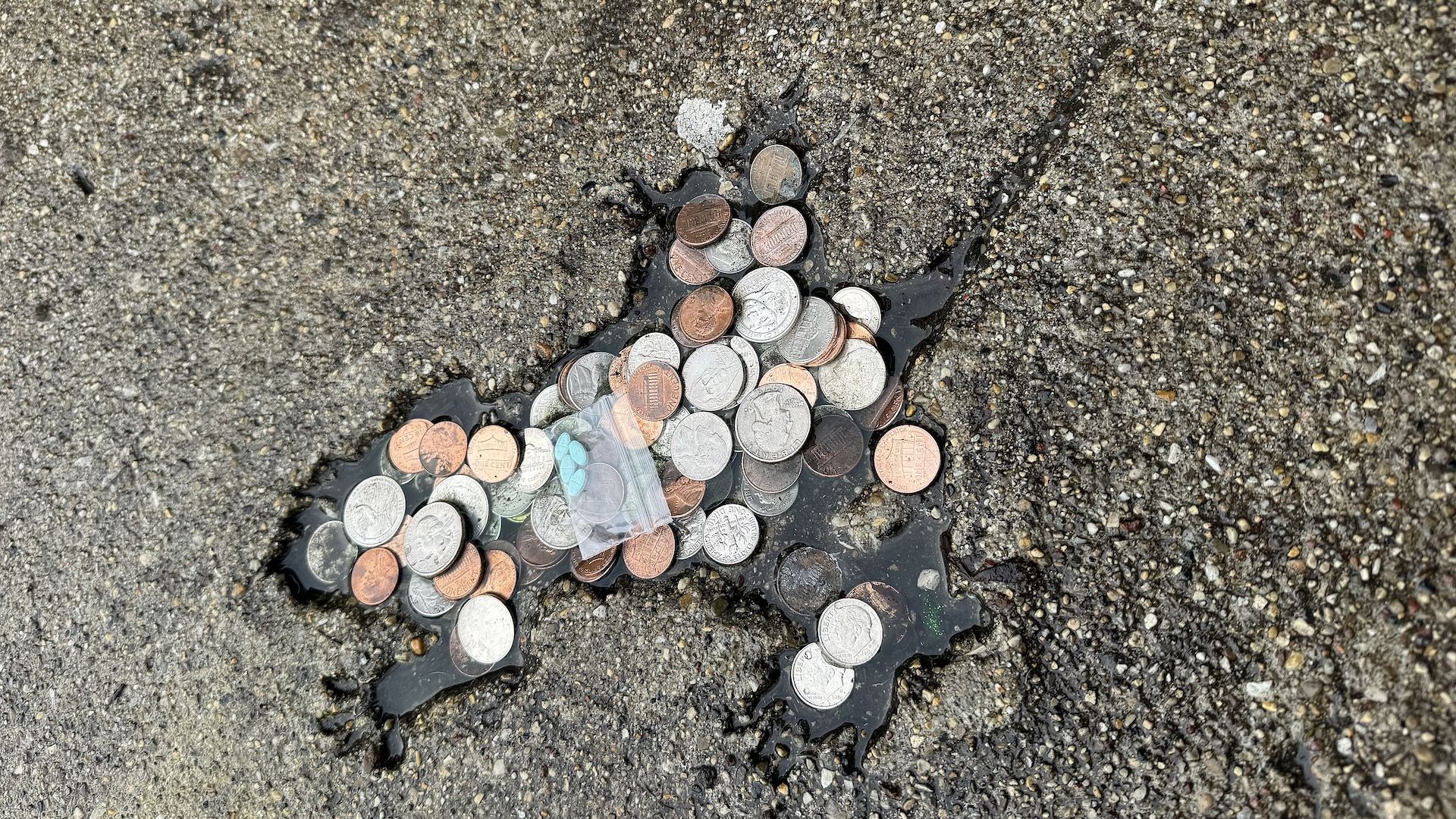
A rat-shaped indent on a Chicago sidewalk went viral early last year, with troves of people venturing to the hole bearing coins and other offerings. However, a new study suggests the so-called “Chicago Rat Hole” wasn’t actually made by a rat —…

A tiny worm that leaps high into the air — up to 25 times its body length — to attach to flying insects uses static electricity to perform this astounding feat, scientists have found. The journal PNAS published the work on the…

The James Webb Space Telescope measured a potential moon-forming disk encircling an exoplanet, NASA recently announced, inviting researchers to observe and study moon formation as it happens, while providing insight into the material used to form…
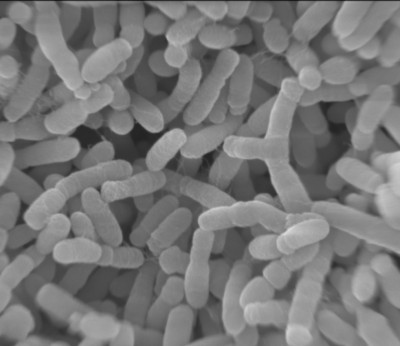
AMES, Iowa – Depending on the setting, the ability of a crucial bacterium in biotechnology – Agrobacterium tumefaciens – to transfer its DNA to a host plant can make it either a pathogen that damages crops or a…
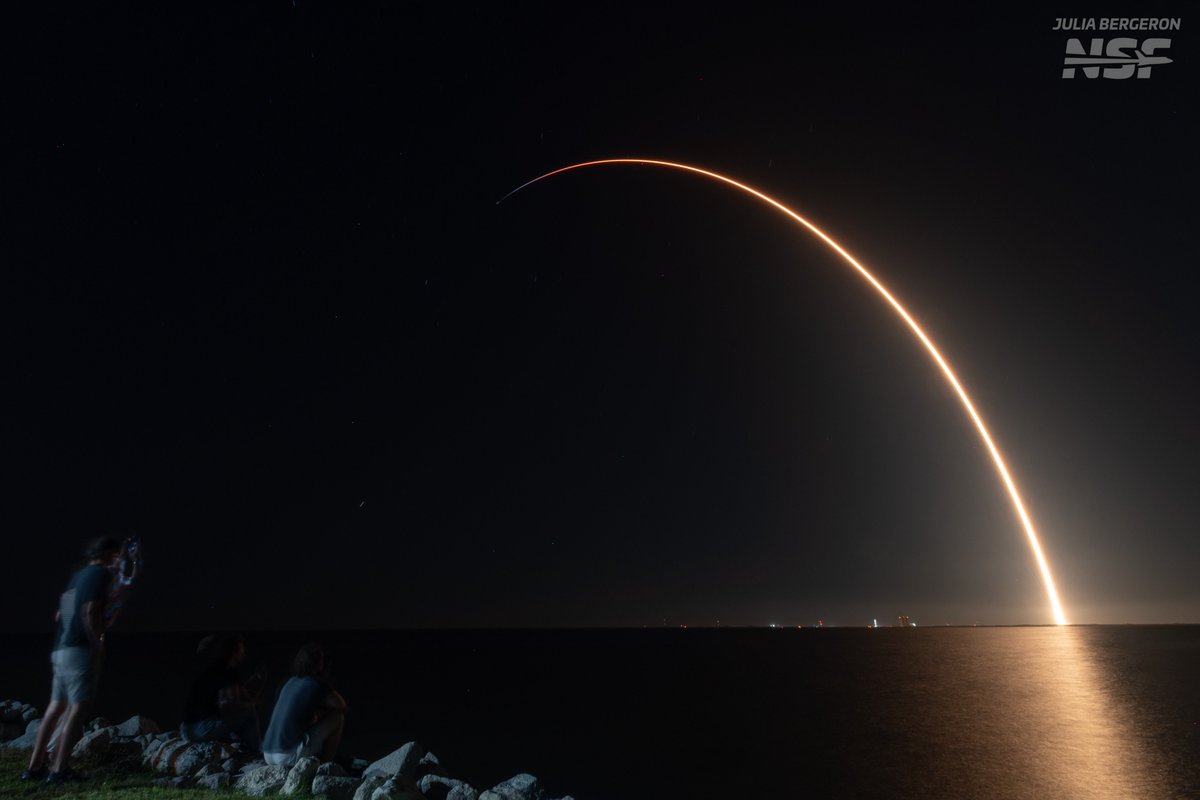
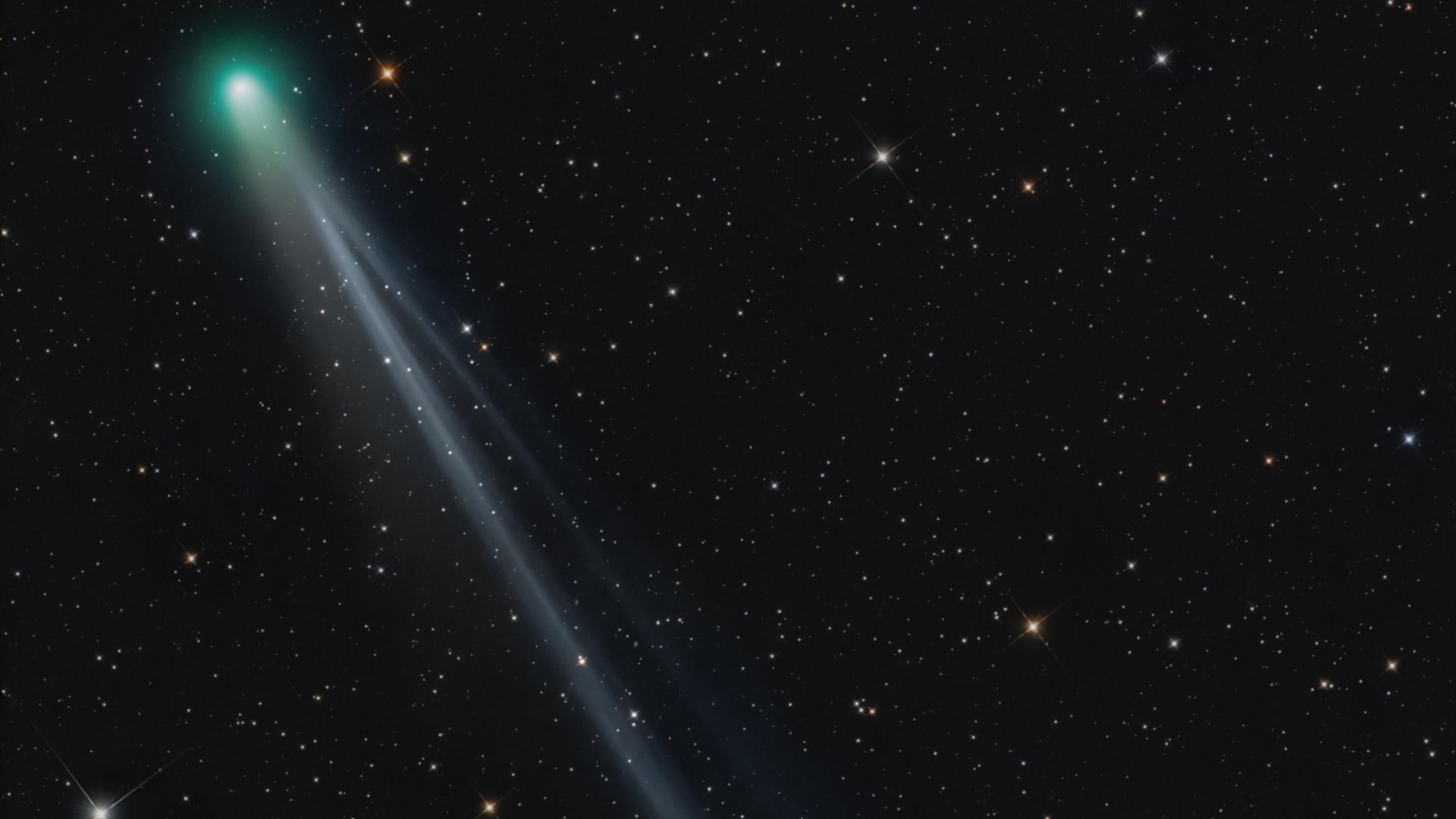
Astrophotographer Brennan Gilmore has captured spectacular views of the solar wind stripping a vast section from C/2025 A6…
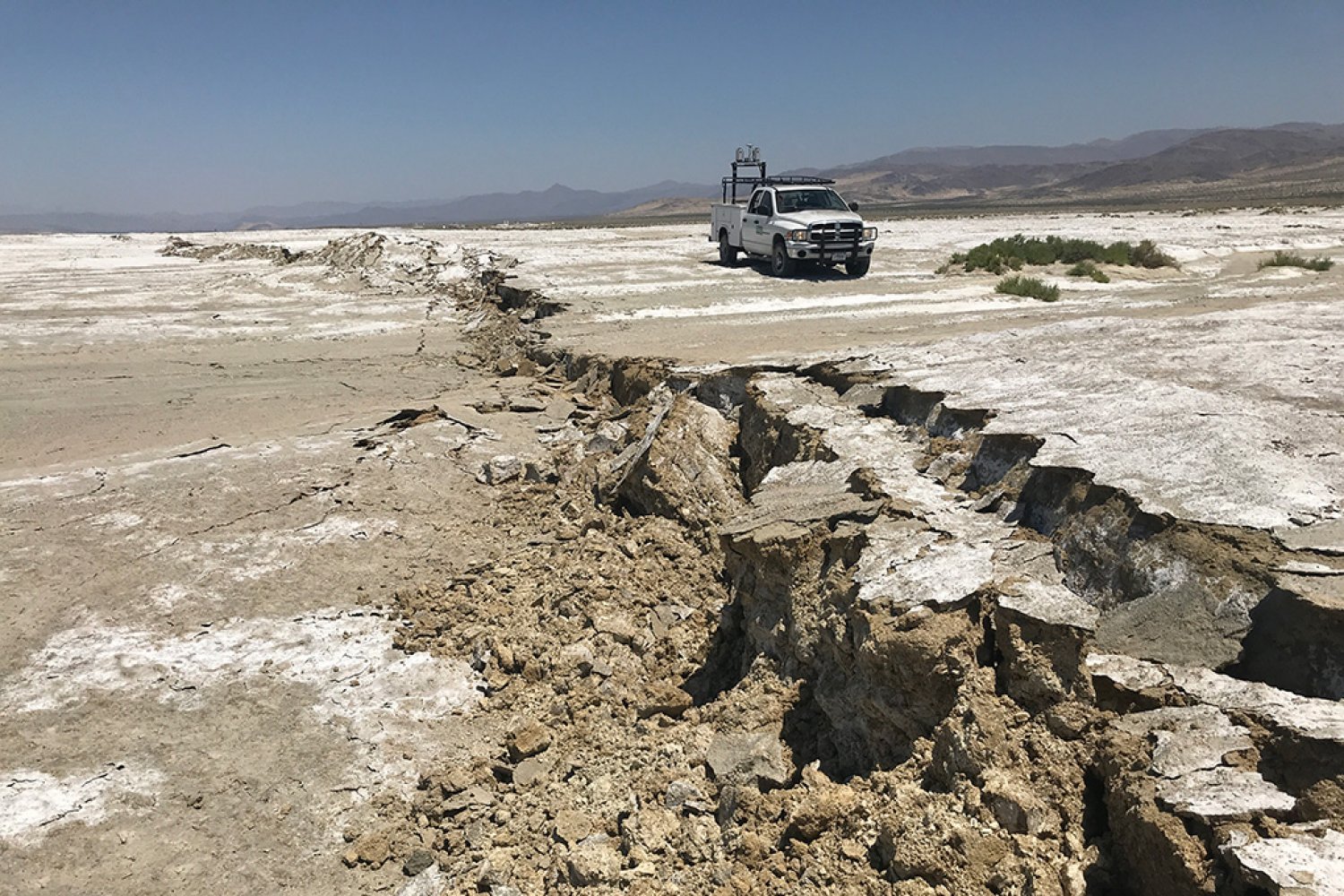
Earthquakes often bring to mind images of destruction, of the Earth breaking open and altering landscapes. But after an earthquake, the area around it undergoes a period of post-seismic deformation, where areas that…
This request seems a bit unusual, so we need to confirm that you’re human. Please press and hold the button until it turns completely green. Thank you for your cooperation!